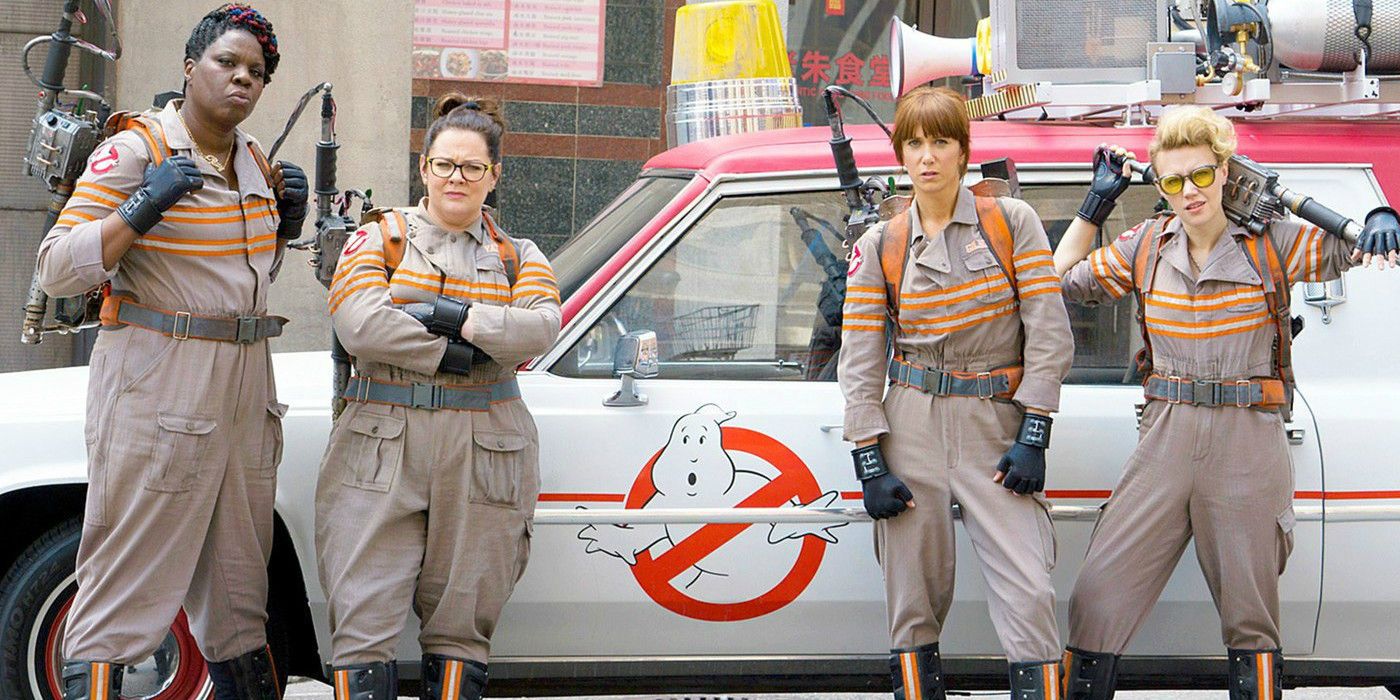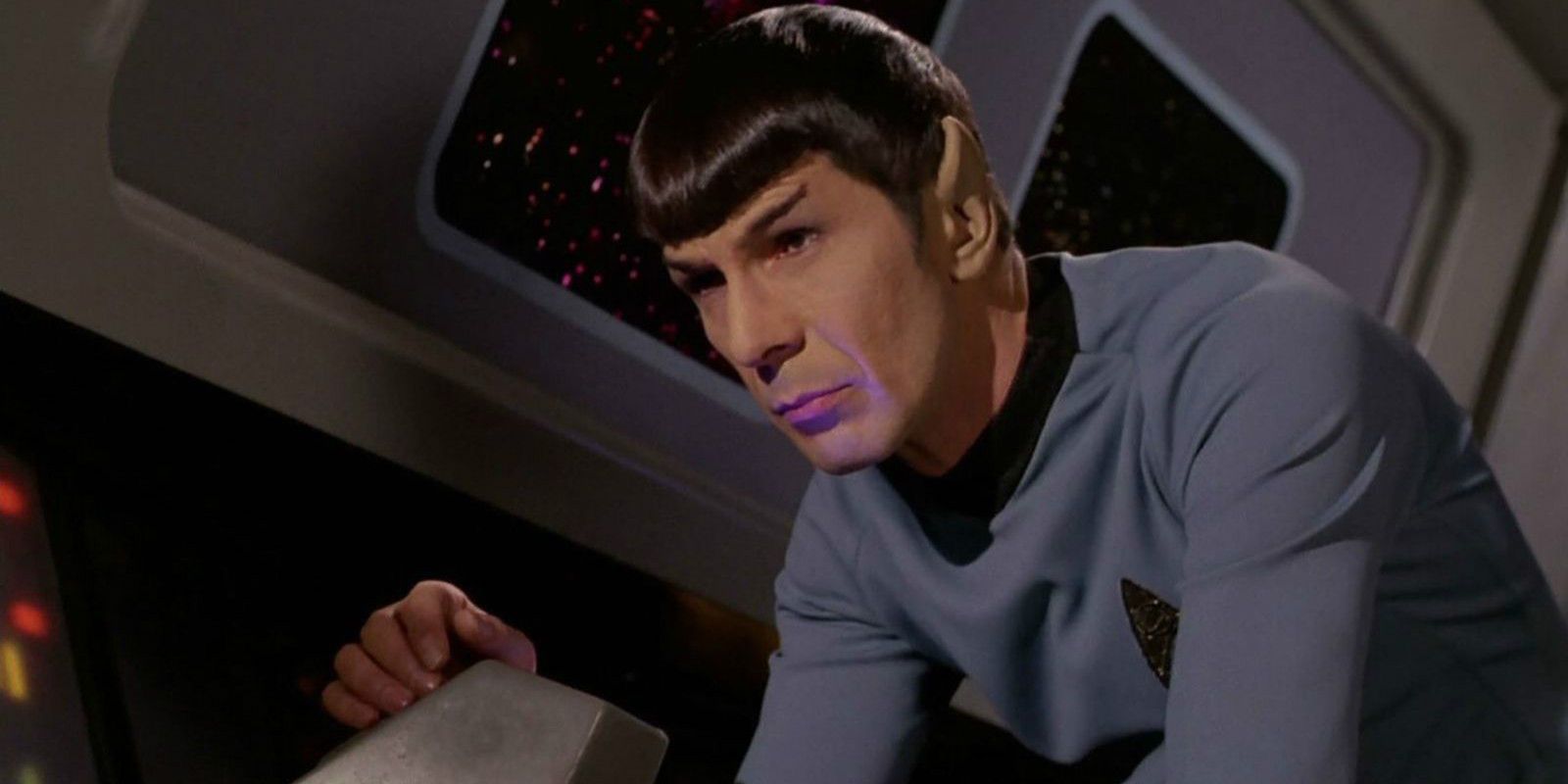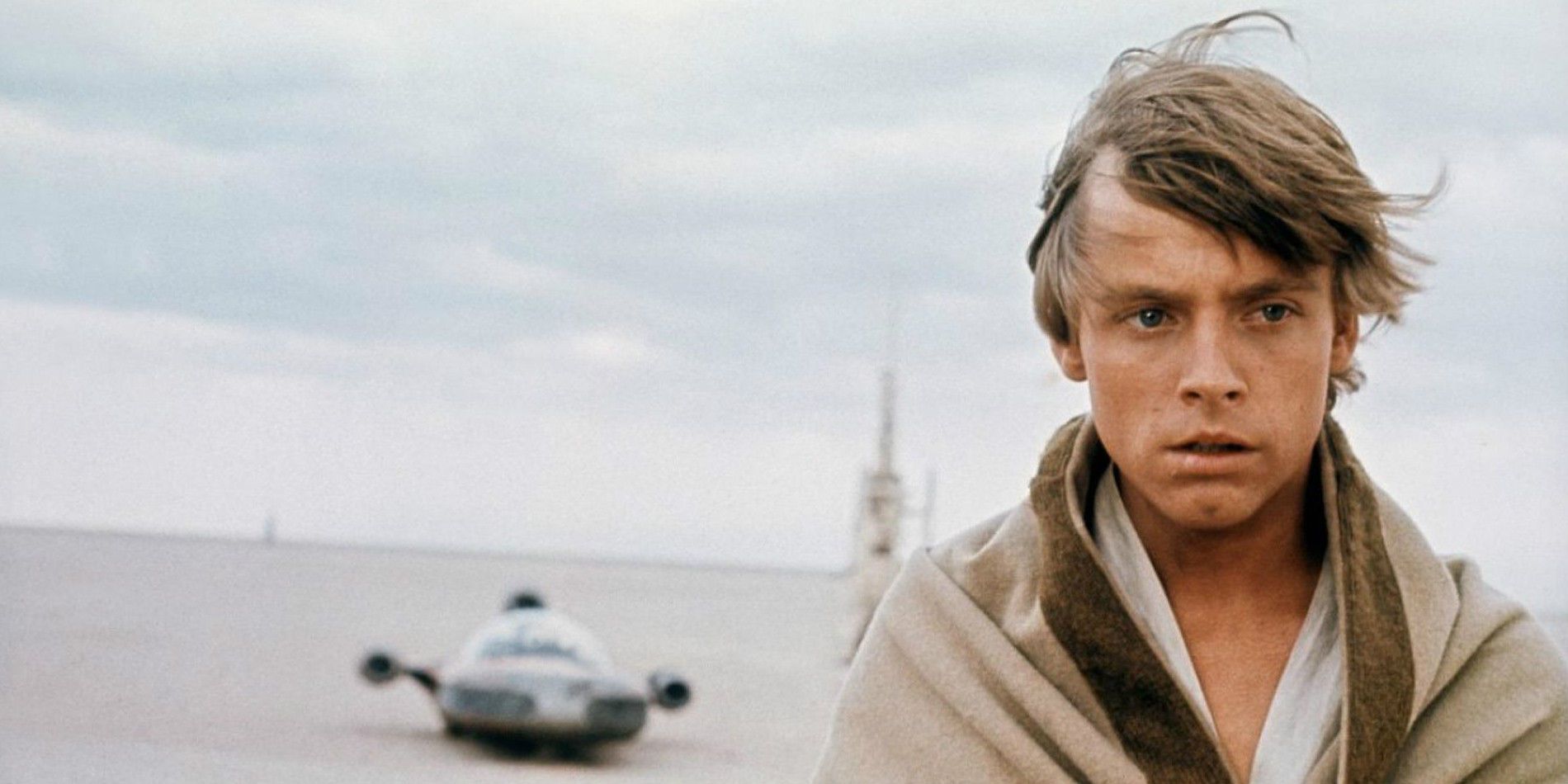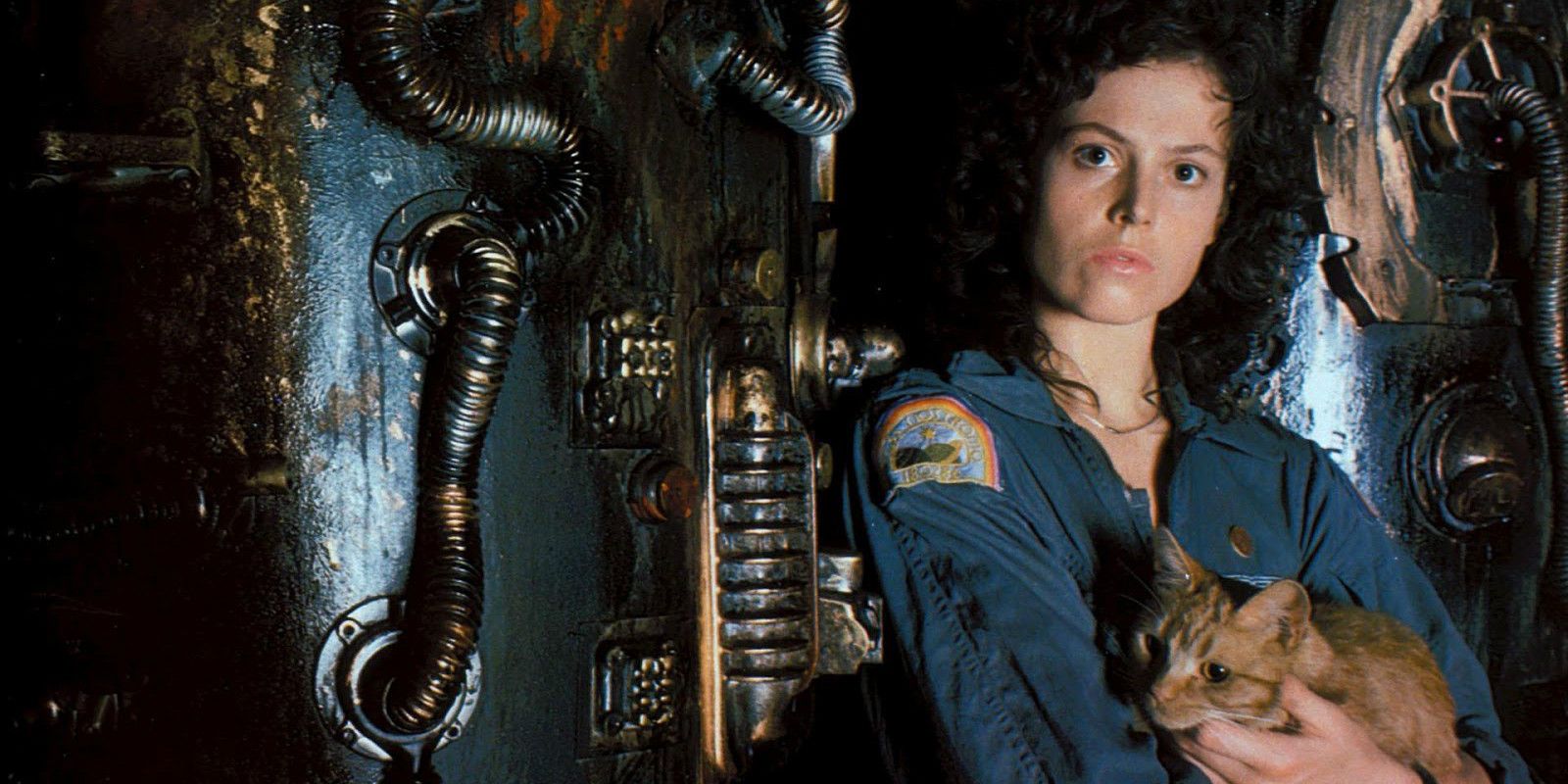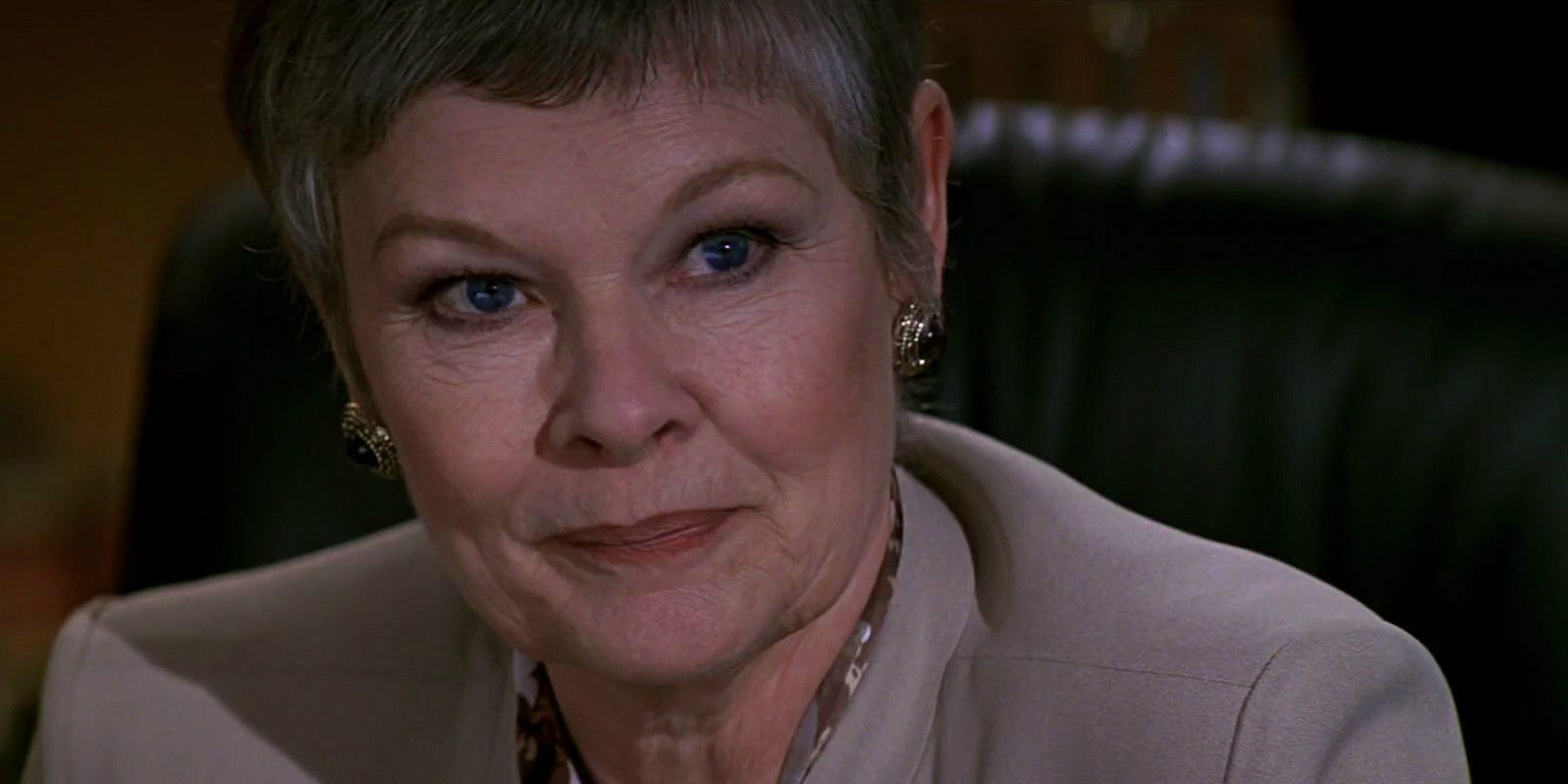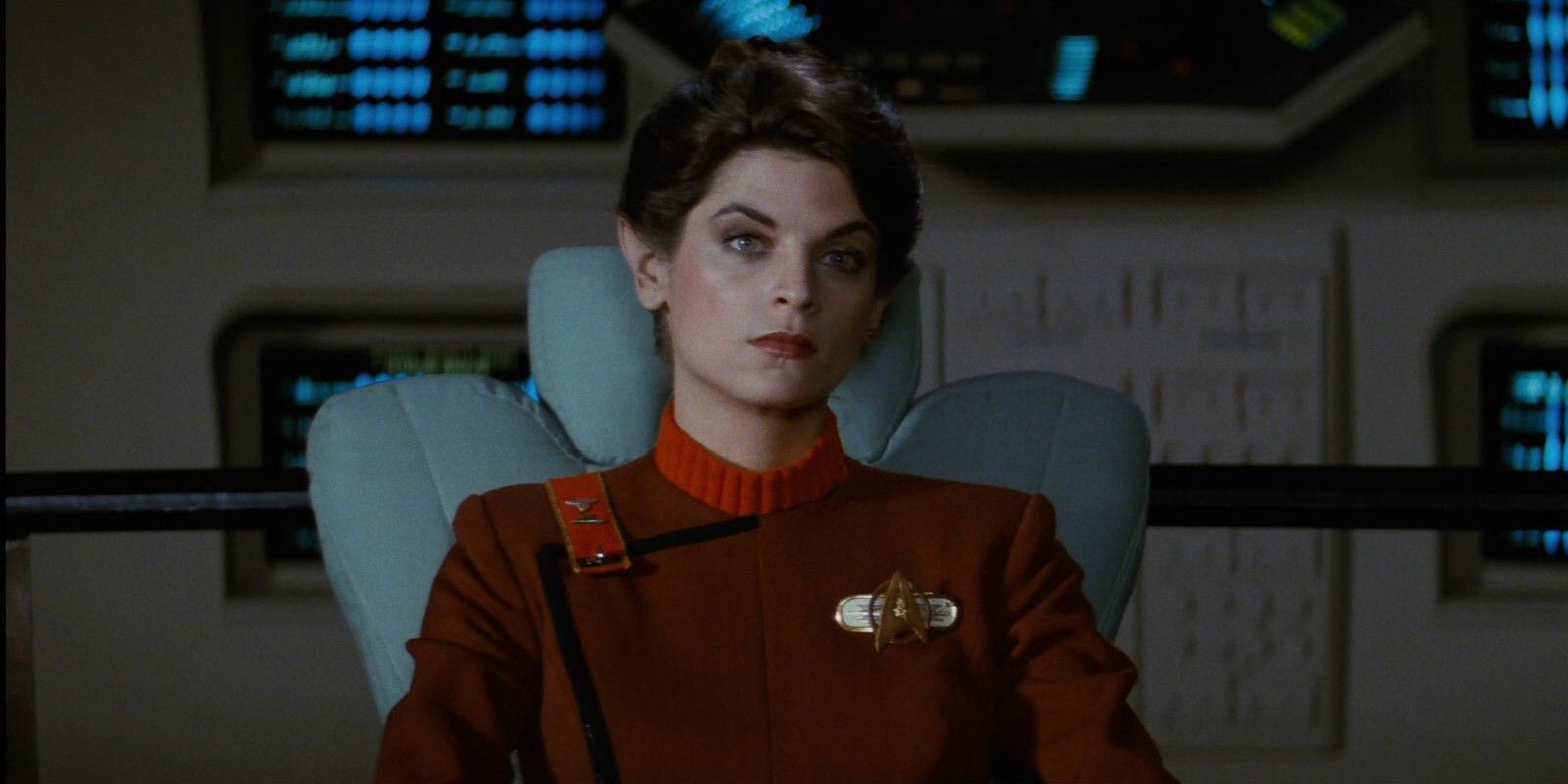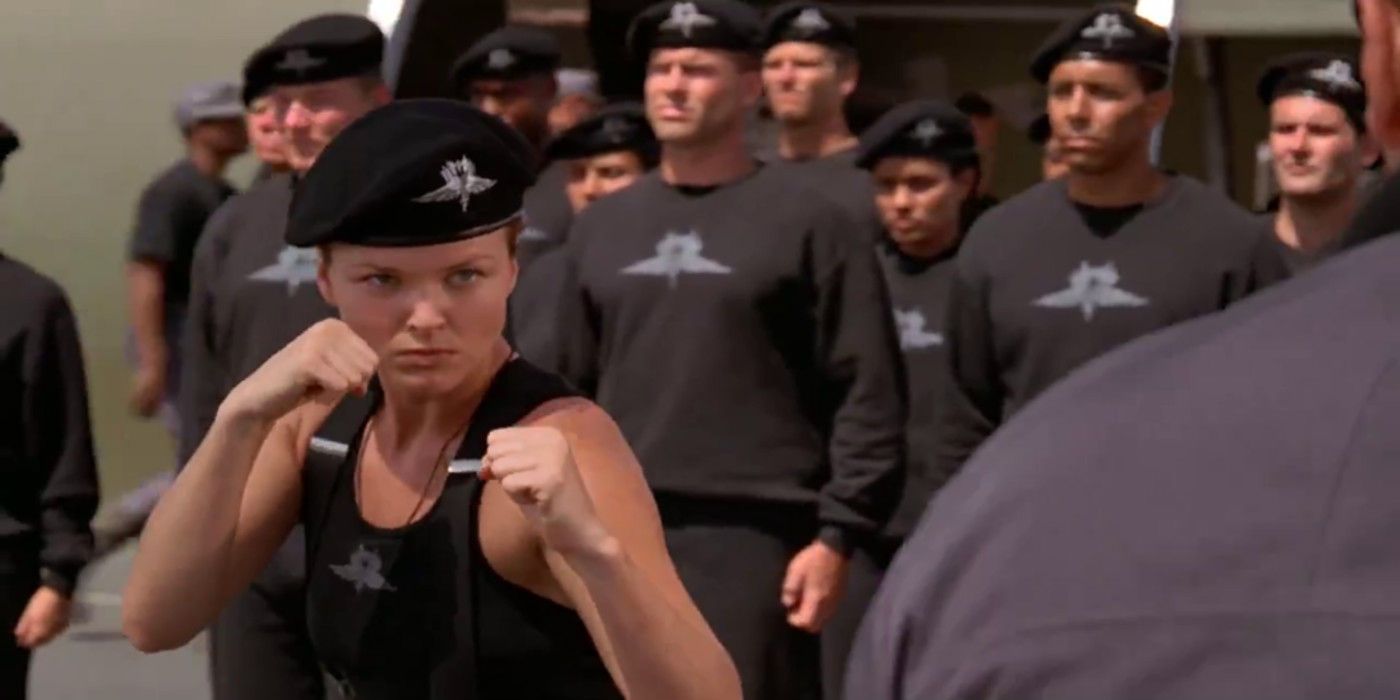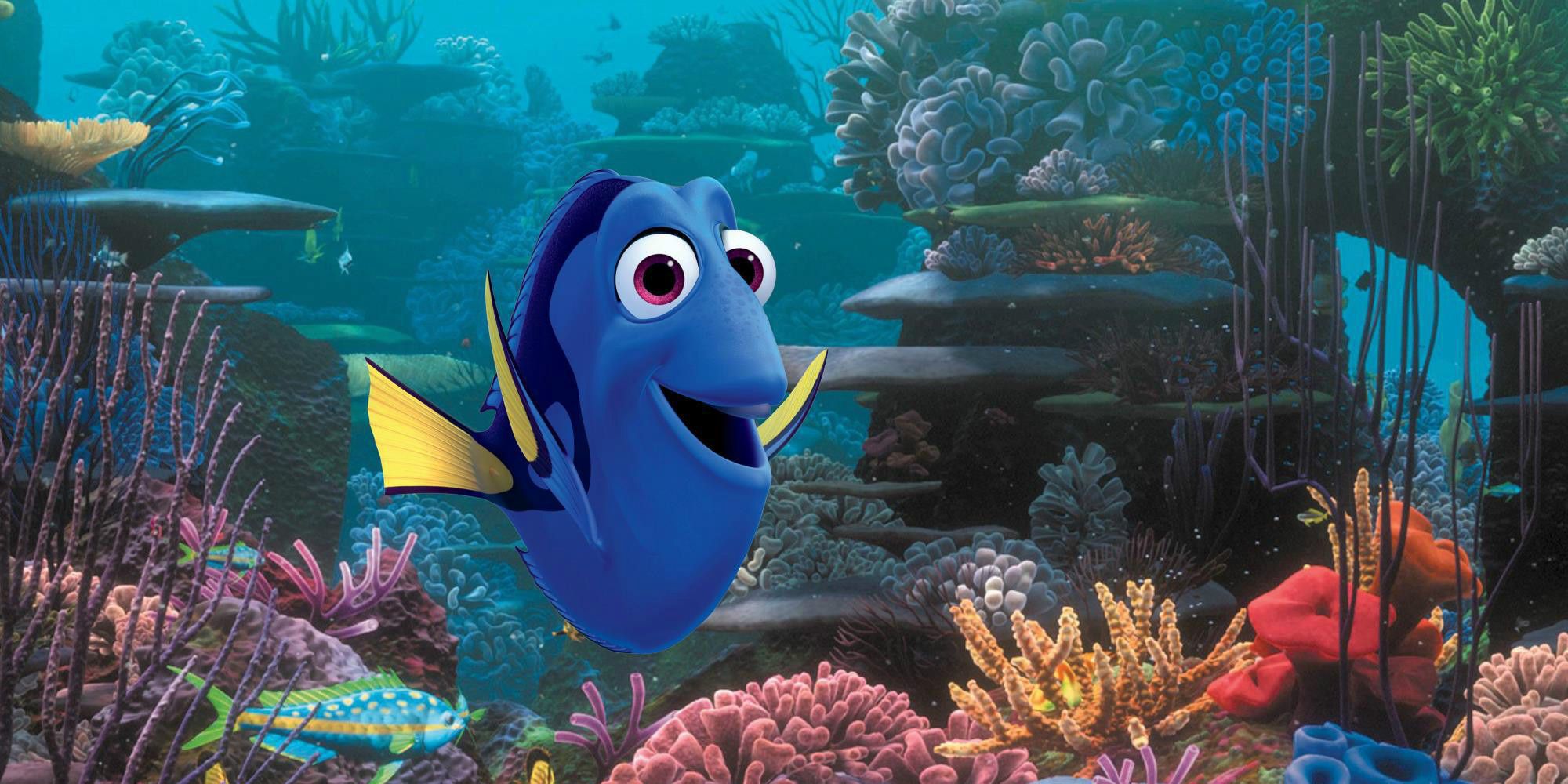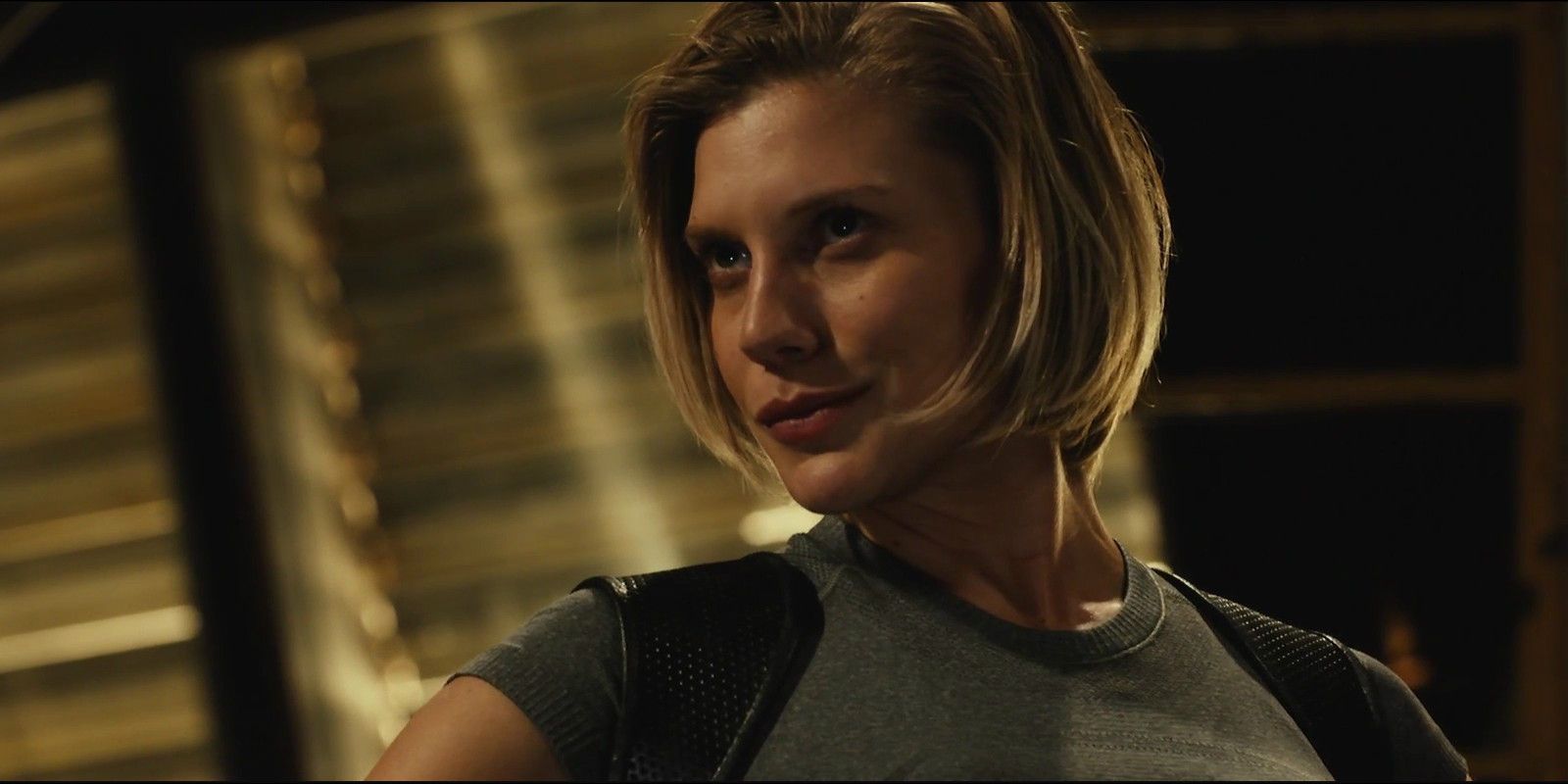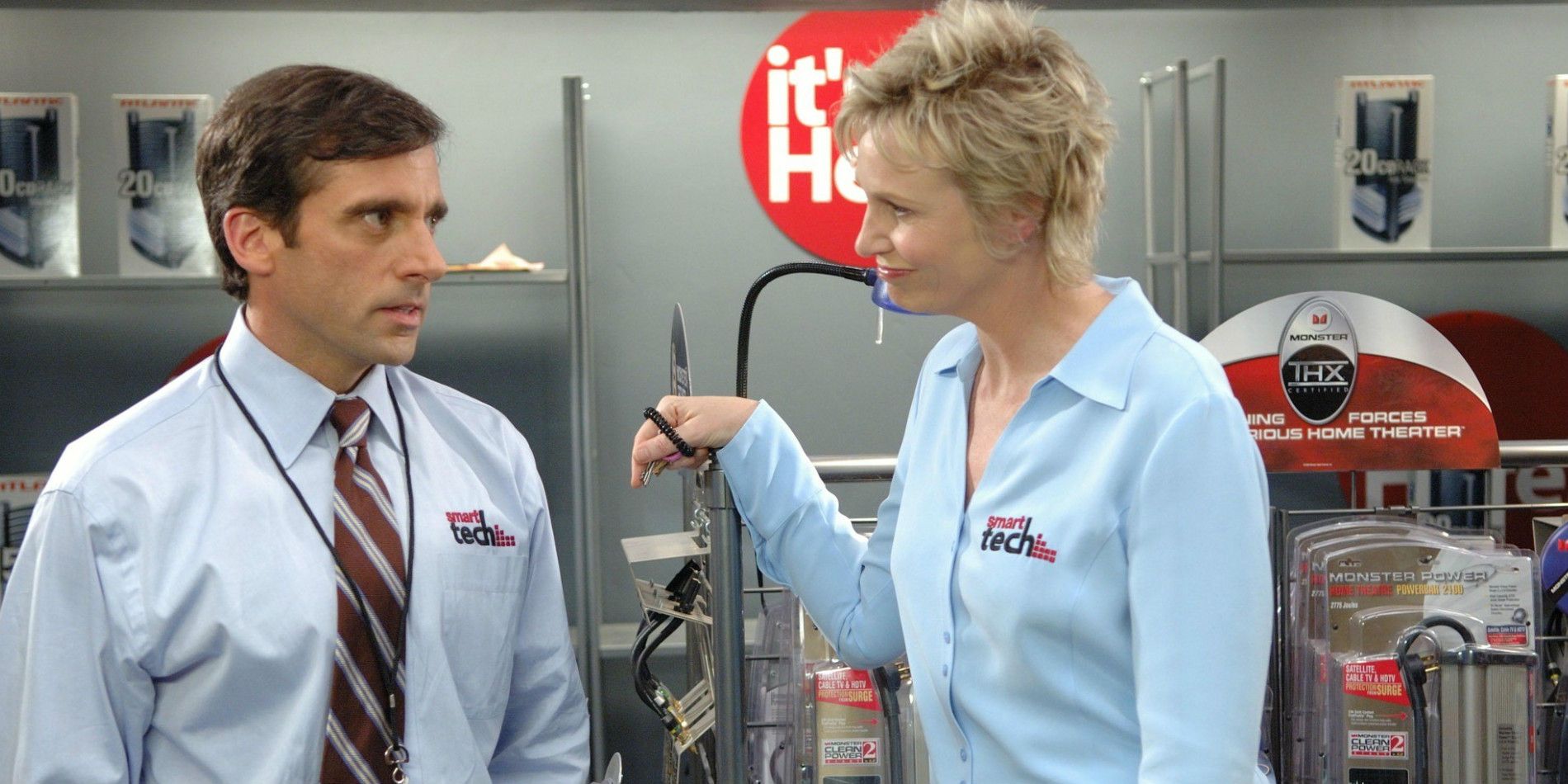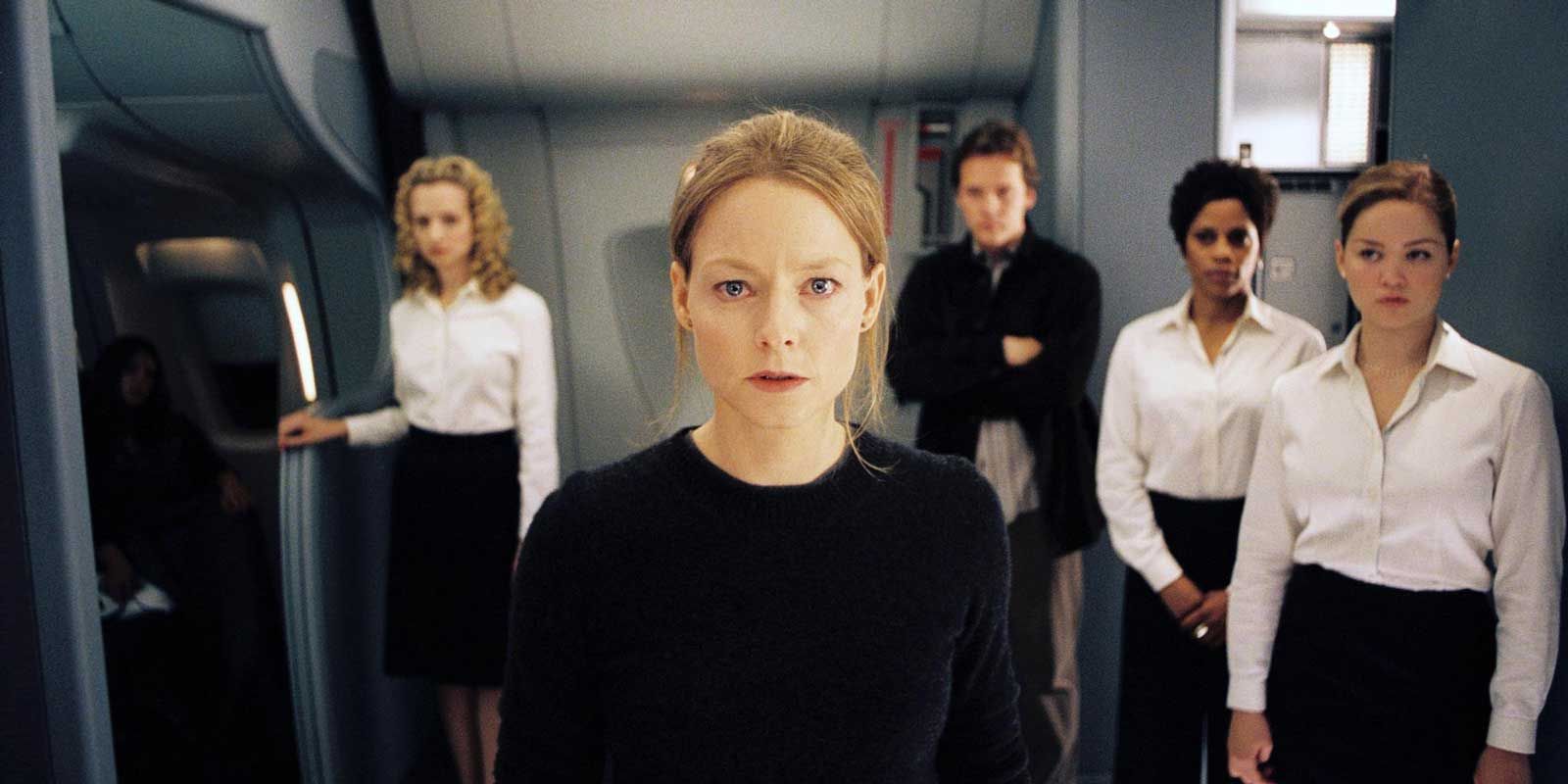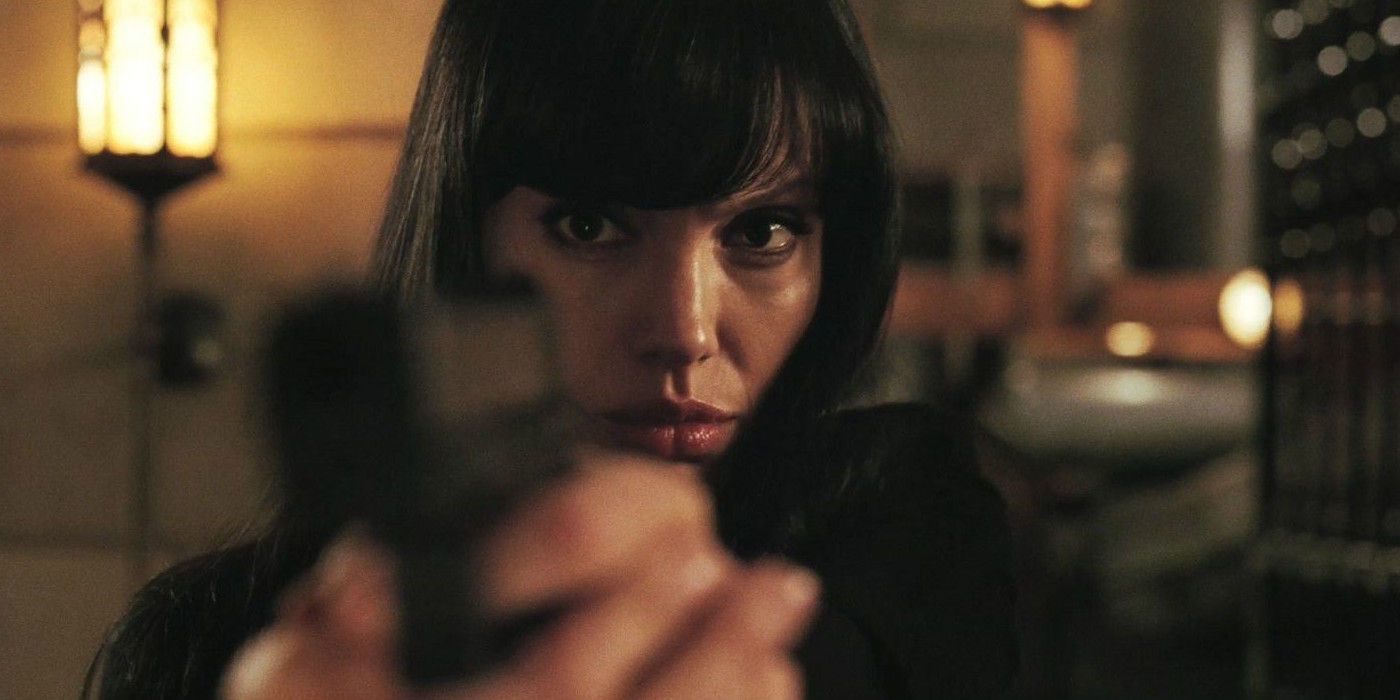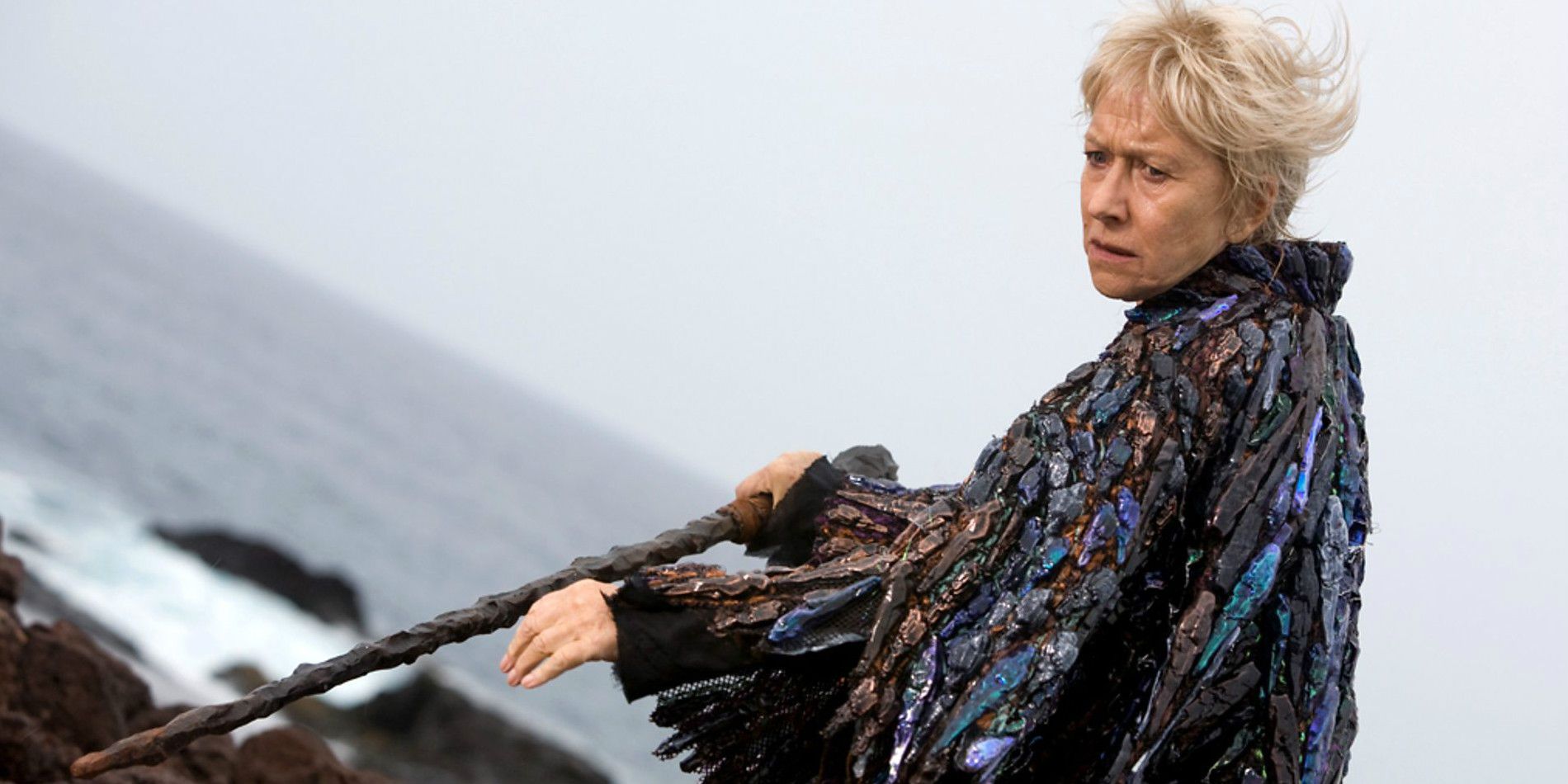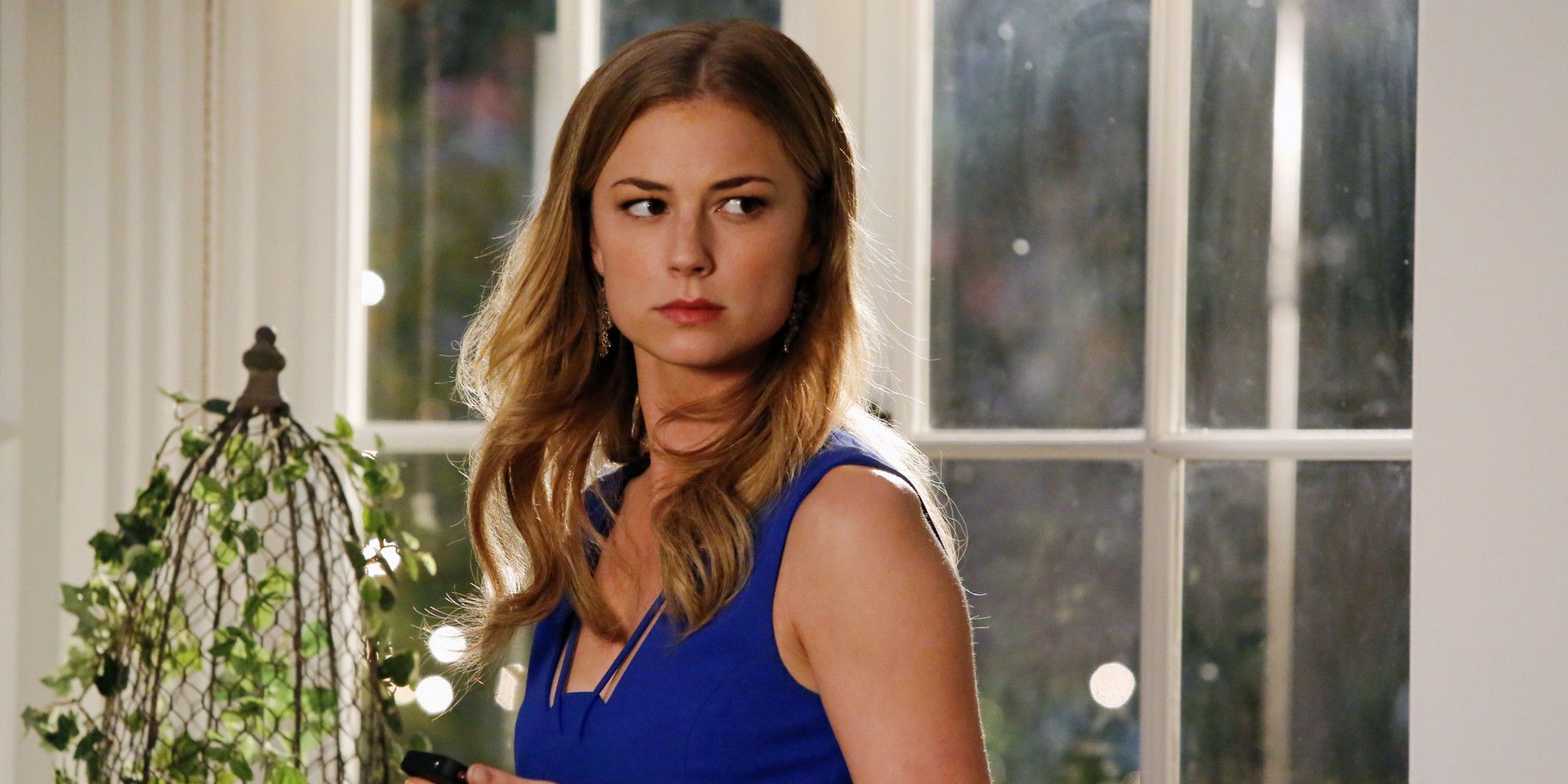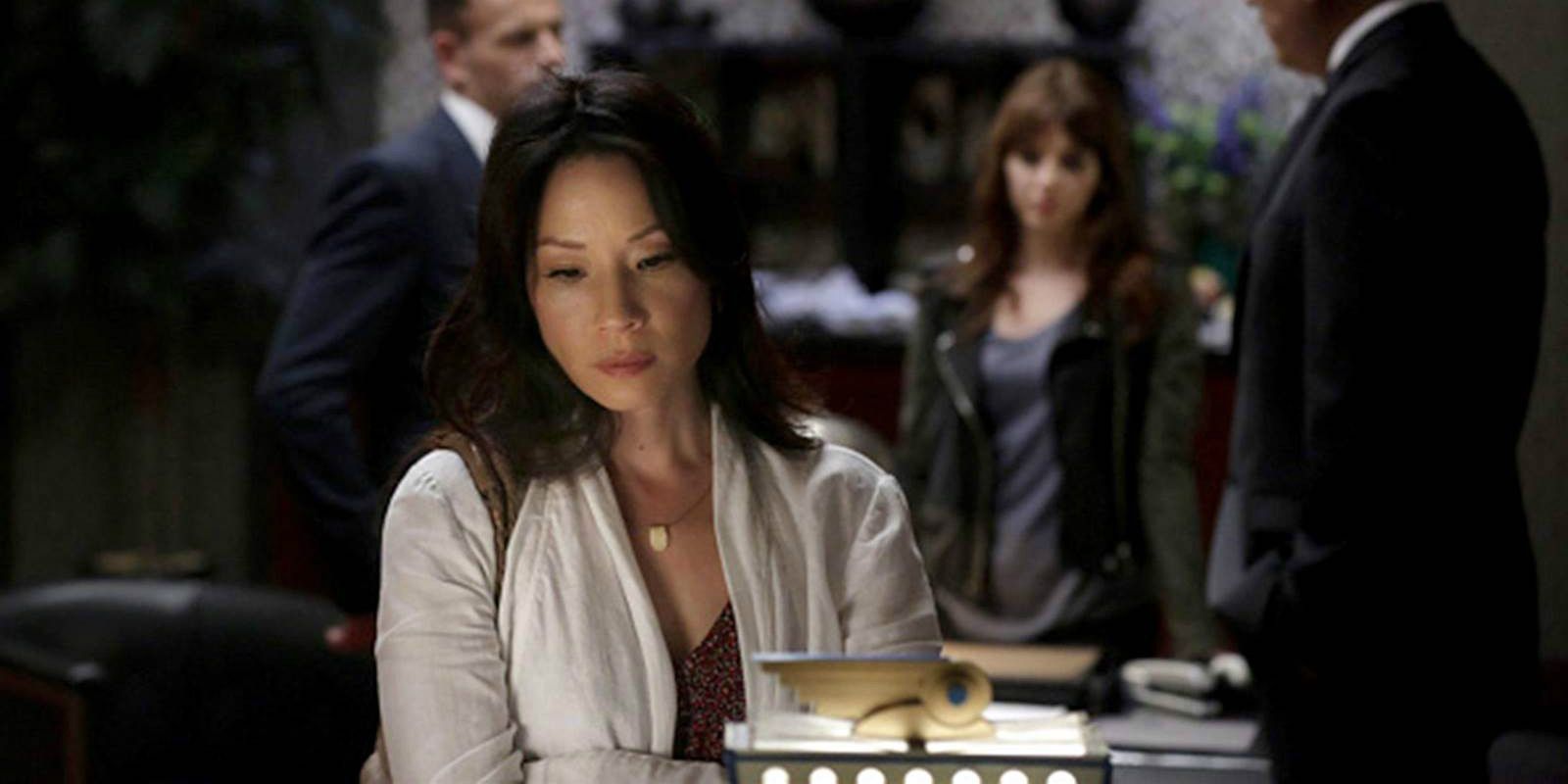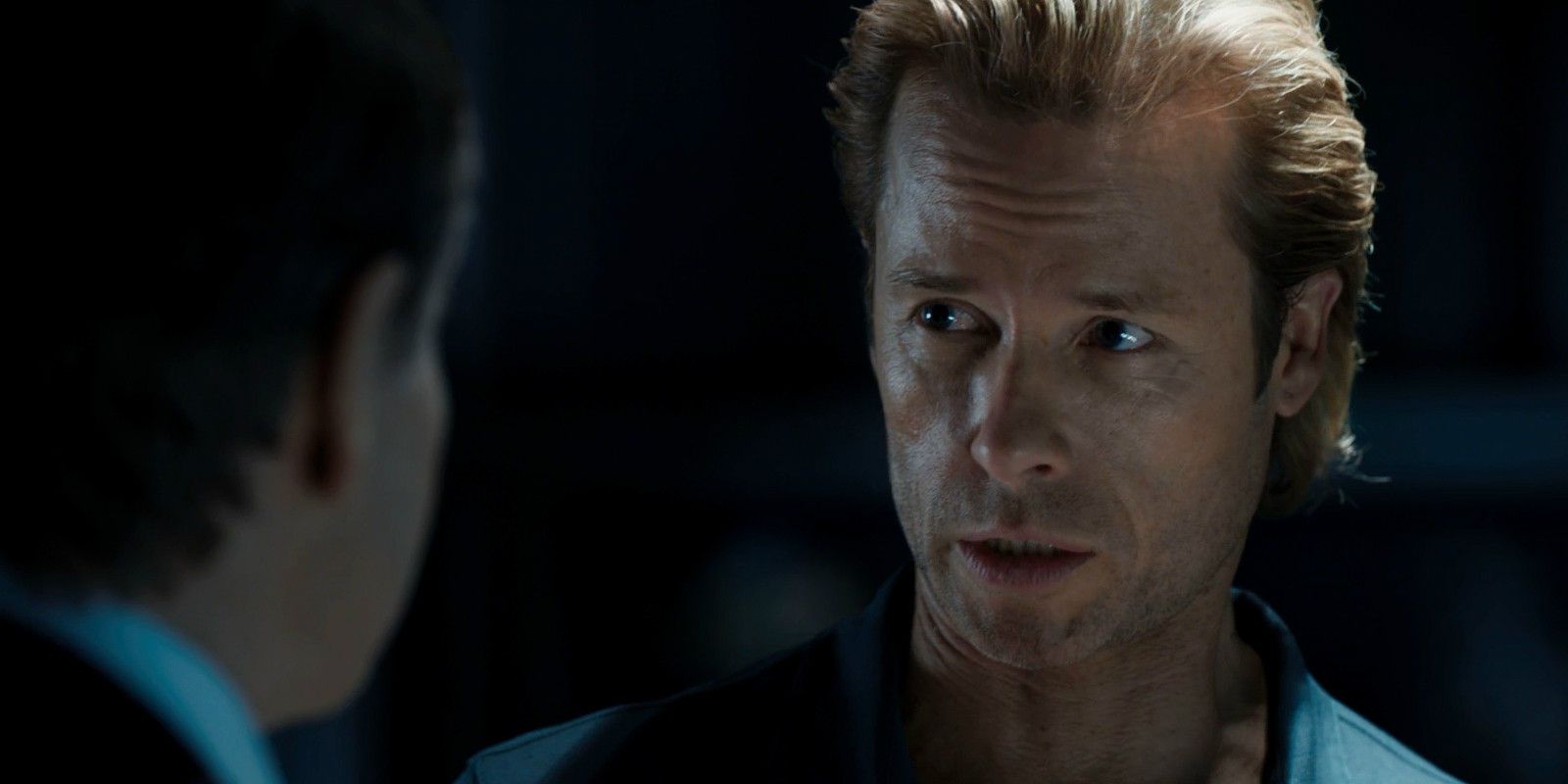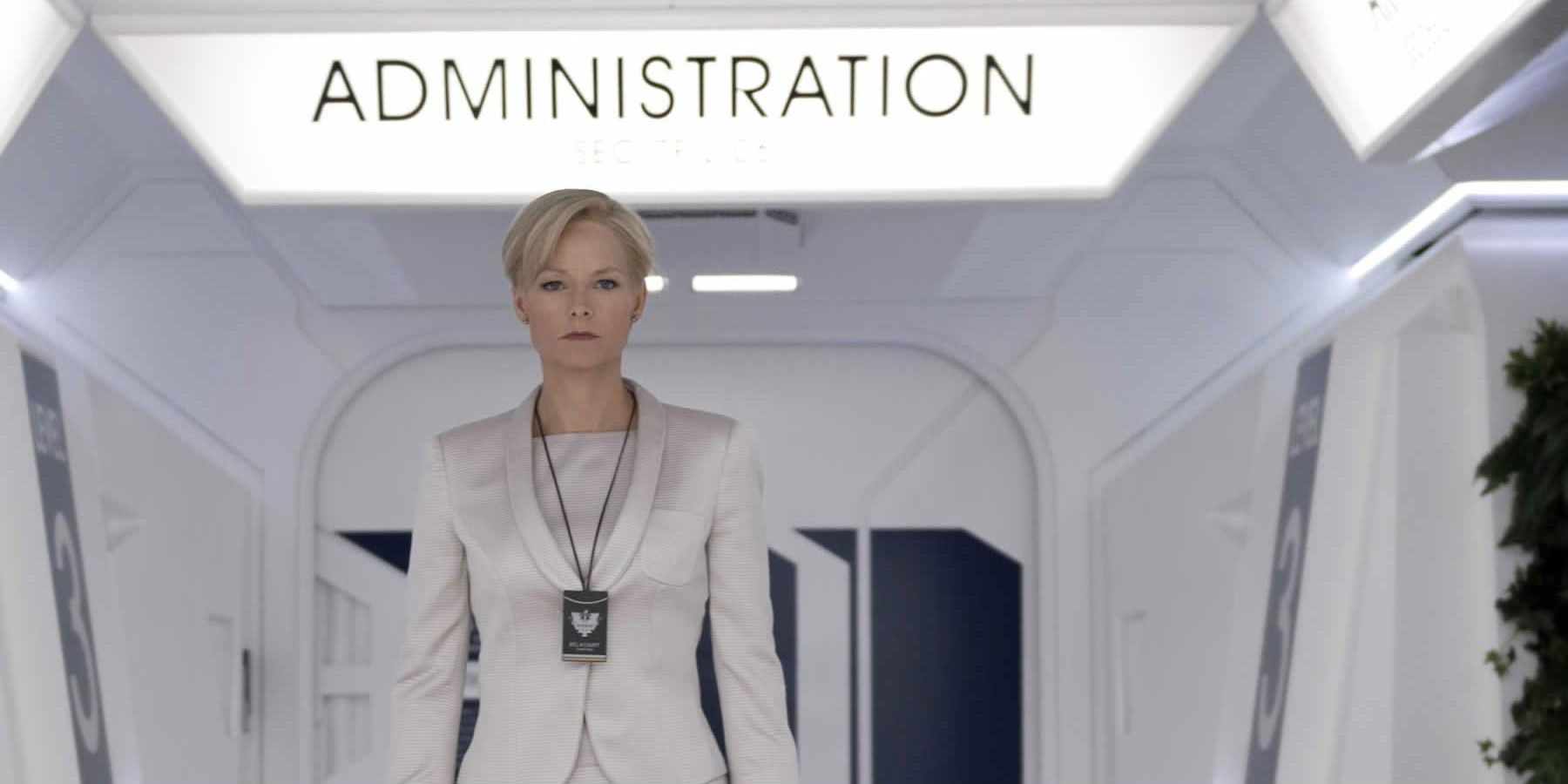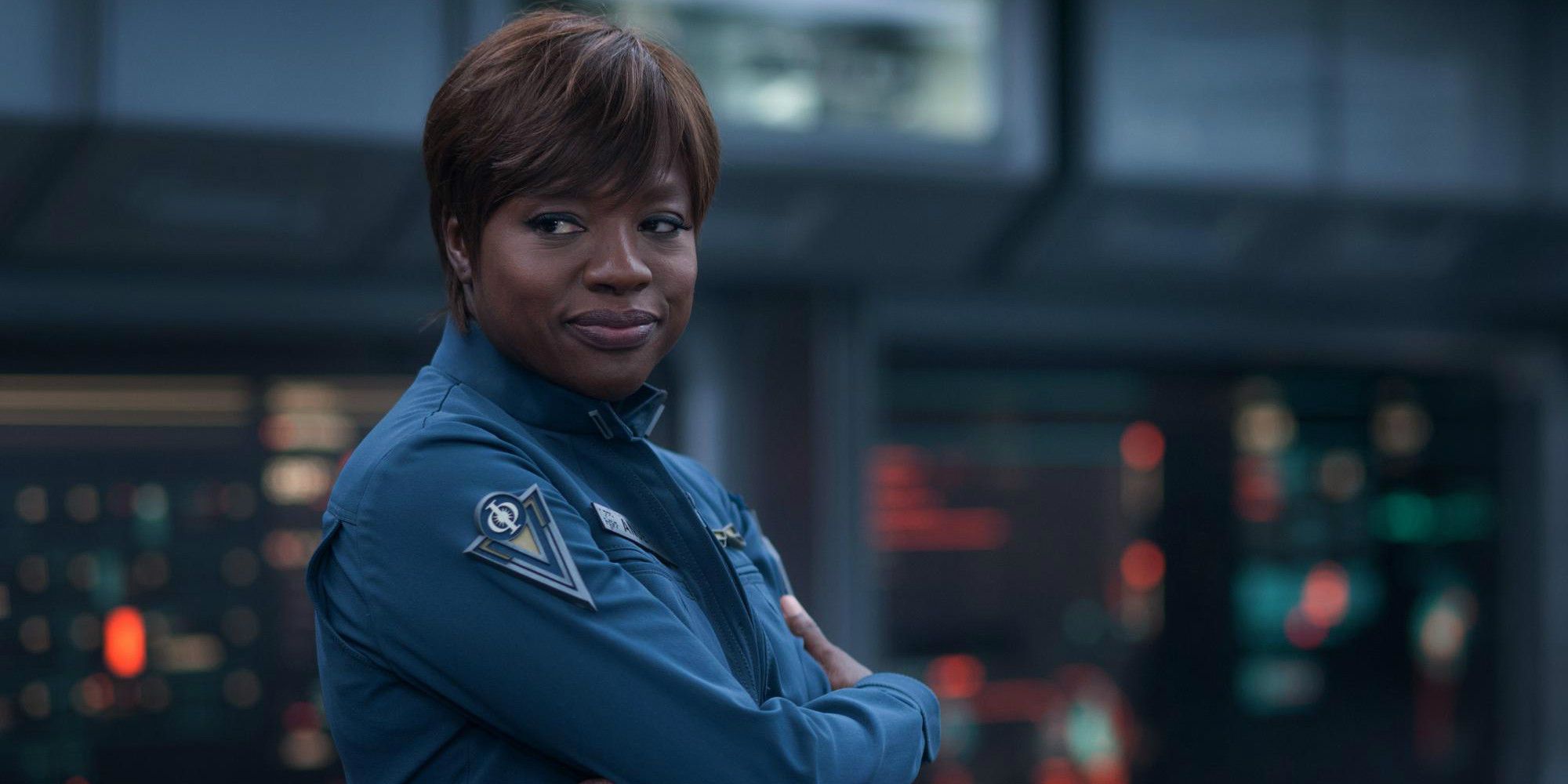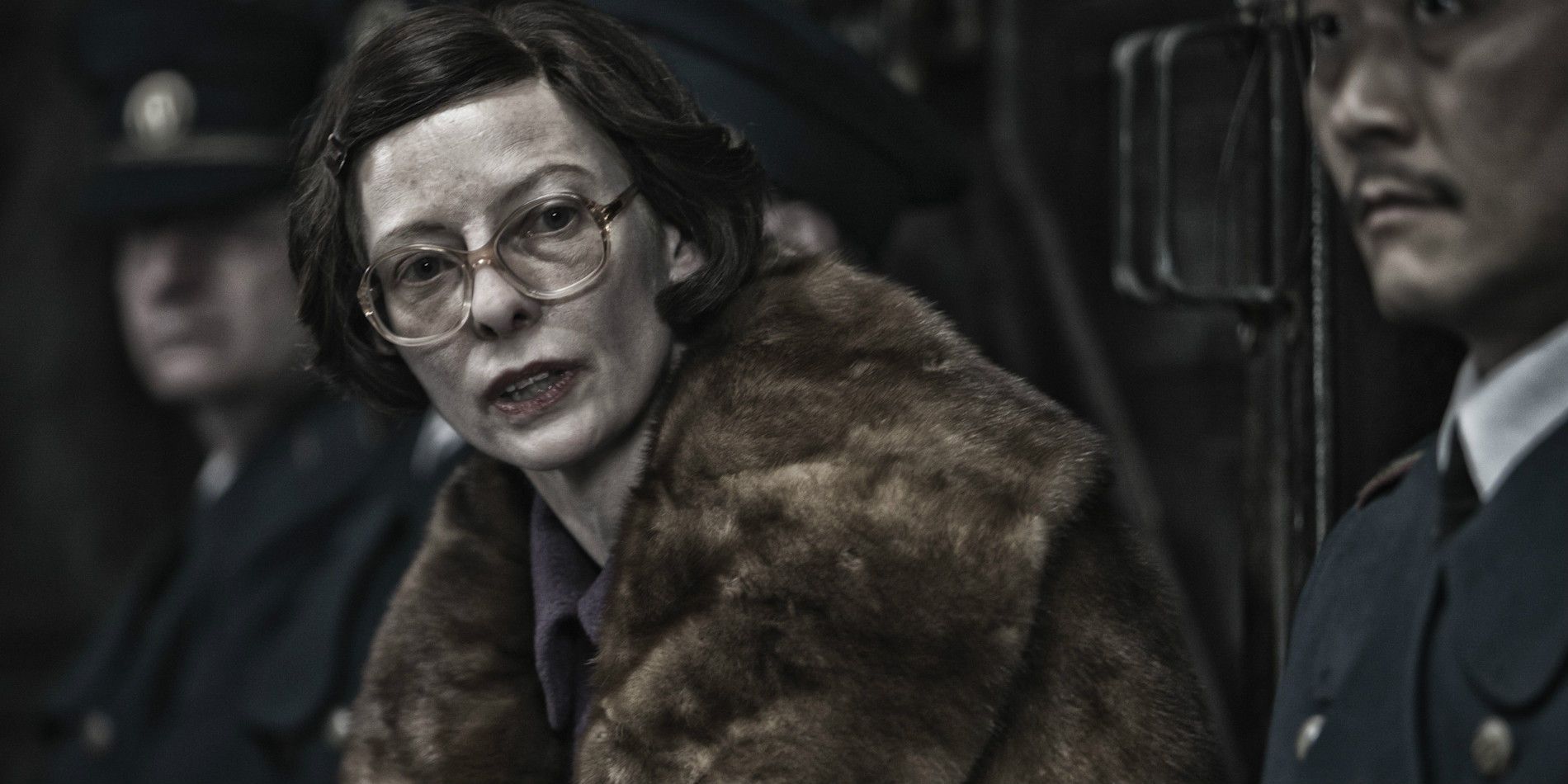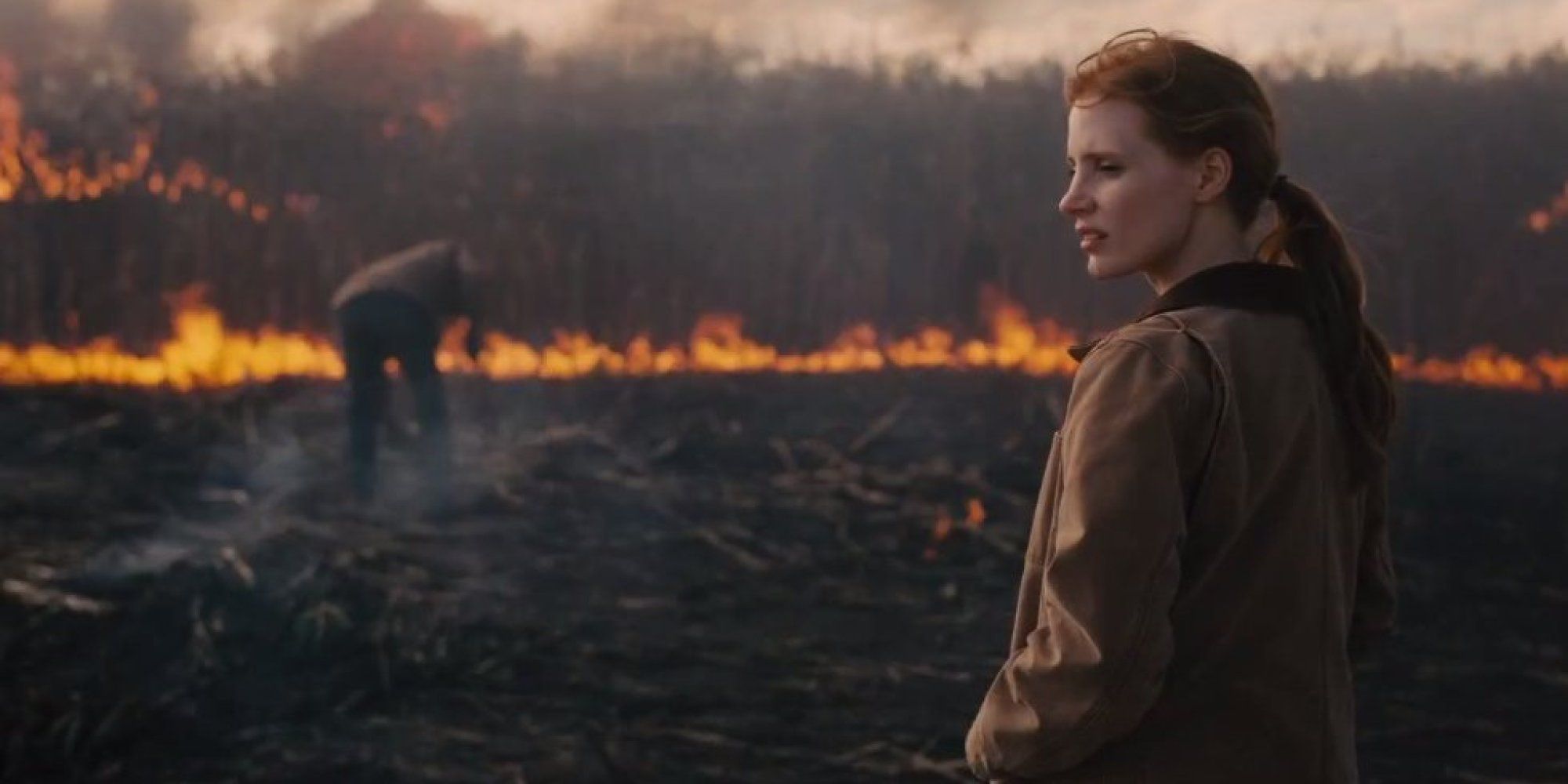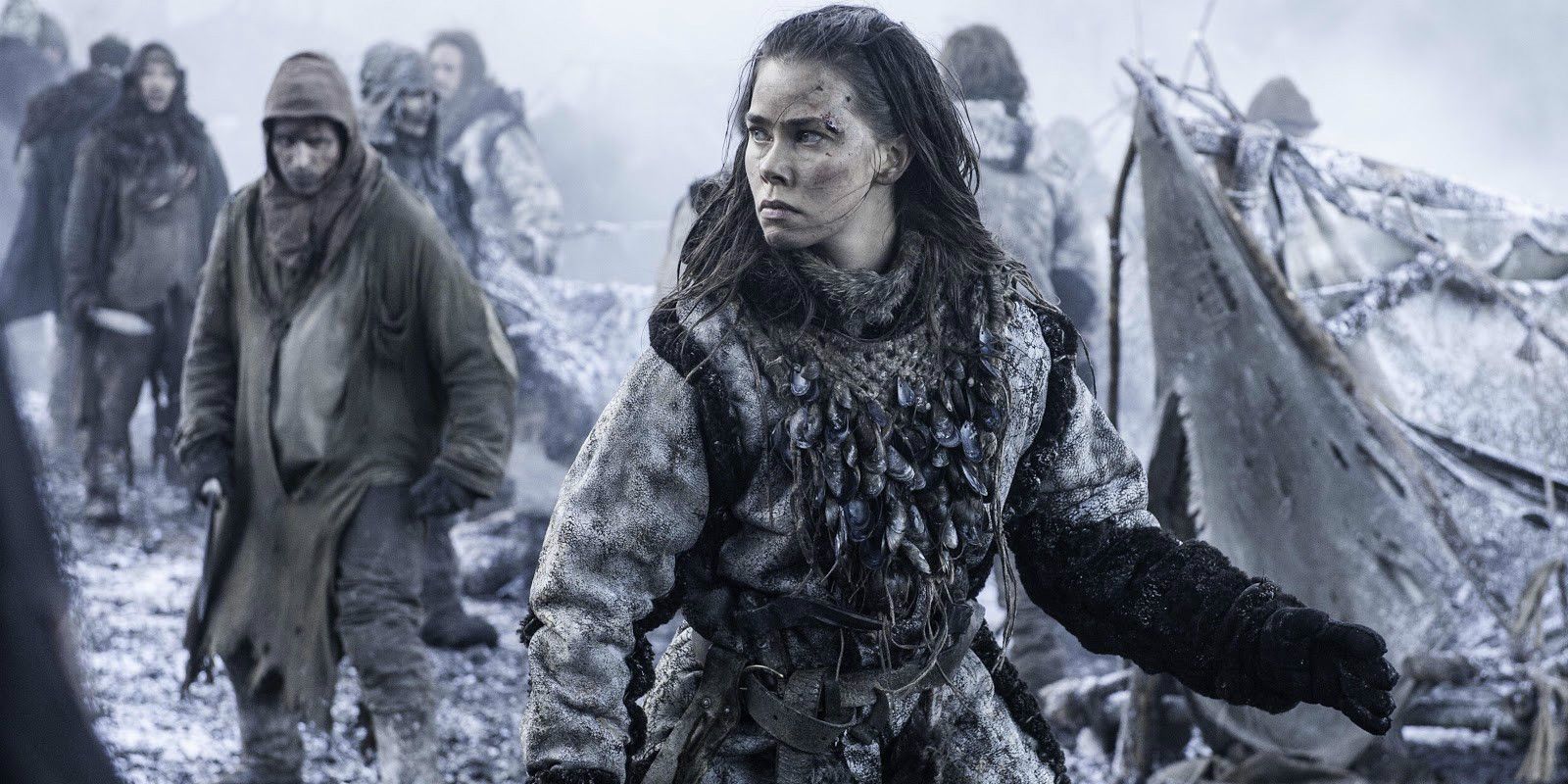There's a trend making the rounds in Hollywood, and it's testing the waters of gender roles in movies. In the past year alone, there's been a spike in the amount of parts that were originally written for men, changed to women. These recent occurrences aren't the only examples of characters being retooled to suit the opposite sex. It's been happening for a while now, and we’ve got the list to prove it.
Casting controversies are a hot topic among fans. Most recently, the reboot of Ghostbusters has been on everybody's mind. With the film set to hit theaters on July 15th, we’re eager to see how it all turns out. Whether all the talk ends up to be worth it we’ll have to see, but just because the cast isn't what you expect doesn't mean a project is definitely doomed.
We’ve gathered a list of roles, some great and others forgettable, but all of which were cast with the opposite gender in mind. Each actor mentioned has proven their willingness to cross all boundaries in order to tackle any character put before them. We've put them all here in chronological order for your viewing pleasure. So as a testament of the ever-evolving portrayals of gender in Hollywood, we present to you the 25 Movie And TV Roles That Changed Genders.
25. Spock in Star Trek
Some casting changes go unnoticed because of how little they've affected our culture, while others are hard to ignore because of how greatly they’ve influenced everything that’s come after. It would be hard to conceive of another version of Spock, one portrayed by a woman, especially when the Half-Vulcan has grown so substantially in the minds of viewers from the wise, logical conscience of Captain Kirk, to someone who hasn’t been afraid to occasionally let his emotions show. Still, the idea of a woman in the role was being tossed around in pre-production, and had the writers got their way, the character we’ve grown up with could have been someone completely different.
When everyone was still considering ideas for what would eventually become the unaired pilot “The Cage,” the first officer of the Enterprise was being envisioned as a woman. The character went by the name “Number One,” a second in command who would be played by Nichelle Nichols, the actress who would later go on to play Lieutenant Uhura in the same series. When the studio began to worry about giving a woman such a prominent role in a television series, they rewrote the part as a man and cast Leonard Nimoy. Spock would retain many of the characteristics of the original character and would go on to become one of the most recognized faces on television.
24. Luke Skywalker/Starkiller in Star Wars
With The Force Awakens, we finally have a leading woman playing a Jedi Knight in the universe George Lucas created, but audiences were almost treated to another female lead much earlier on. When Lucas was still fishing for ideas to get his sci-fi classic off the ground, he toyed with the thought of making Luke Skywalker a woman with the last name Starkiller. Although it would take many more drafts to eventually change the last name, the leading lady role was scrapped early into the story’s creation.
The story from the original draft would have been very similar to the movie we know today. The lead would hail from Tattooine, destined to bring balance to the force; however, Starkiller would have been a 16 year old girl who falls in love with Han Solo and Obi-Wan wouldn’t have even made the cut. Concept art for the female version of Mark Hamill’s character can still be seen today alongside earlier drawings of Han Solo sporting a beard. Luckily, Lucas put some more time into his script before putting it on film.
23. Ripley in Alien
Today we recognize Lt. Ellen Ripley of the USCSS Nostromo as quite possibly the most badass female character to ever grace the silver screen, but a leading lady wasn’t always what Twentieth Century Fox had in mind. According to director Ridley Scott, it took some convincing to make everyone believe a woman could survive a ship with a Xenomorph on board.
The idea for a female protagonist crossed Scott’s mind when he began reflecting on the most recent on-screen heroes of the time. The question arose, “What would people think if Ripley was a woman?” No one would consider her the character to make it all the way to the credits. The actress would have to display her physical strengths while also being authoritative and logical, despite being new and inexperienced. The character would eventually be based on Scott’s longtime friend who ran an environmental lobbying group, and the survivor we know today would be born.
22. M in GoldenEye
As far as female typecasts go, no other film series has gone out of its way to subject actresses to exploitation more than the 007 film series. Sure, the Bond girl has become a staple of the series, with each character often becoming iconic sex symbols that can often hold their own with the best of them, but in 1995, Eon Productions was looking to shed a new light on how women were perceived by Bond fans. They did so by casting Dame Judi Dench as M, the Head of the Secret Intelligence Service, a part which had been played by actors Bernard Lee and Robert Brown prior to her appearance.
According to Ian Fleming, the creation of M first came about when the author began thinking about his former Director from the Naval Intelligence Division during World War II. With the idea for the original M coming from a man, a new source of inspiration was needed for Dench’s version of the character. That inspiration would be Stella Rimington, who would head the real-life MI5 between 1992 and 1996. Dench would be replaced by Ralph Fiennes after the end of Skyfall in 2012, but not before redefining women’s roles in the James Bond series as more than just eye candy.
21. Lt. Saavik in Star Trek II: The Wrath of Khan
Assigned as a navigator aboard the Enterprise, Lt. Saavik served as a trainee in The Wrath of Khan while embarking on a three week training cruise. She later assumes a full position when the crew are forced to terminate the training program and deal with the impending threat of the Genesis crisis. The character would make for an interesting addition in the film, displaying a rare moment of emotion during Spock’s funeral despite being of Vulcan heritage. The emotional moment would later be explained by a version of the script which called her part Vulcan and part Romulan, but her ancestry wasn’t the only surprise Spock’s protege had hidden away.
Early script treatments of the film had Kirstie Alley’s character written as Dr. Saavik, a young Vulcan originally intended as a man. Despite being called “Mr. Saavik” in the movie, there are no indications that the final screenplay retained any of the early script’s references to Saavik’s original gender. Alley later admitted that more was supposed to come of her role, even going so far as to have Spock’s child, an idea which never came to fruition on screen. Despite not returning to the role in The Search for Spock, Trekkers have kept a soft spot for Alley’s version of the character, which would have never made it to the silver screen if it weren’t for the change in gender.
20. Dizzy Flores in Starship Troopers
Casting a woman as a character originally written as a man in the novel may come as a surprise for those who read Starship Troopers. What’s even more shocking, however, is how insignificant the character turned out to be in the novel in the long run. Dizzy Flores was written by author Robert A. Heinlein as a minor character who is fatally wounded during a raid in the first chapter. When Paul Verhoeven and screenwriter Edward Neumeier got ahold of the source material, they took the character and ran with it. Dizzy was changed to Isabelle “Dizzy” Flores and became a central character with a substantial amount of screen time.
Dina Meyer would be cast in the part, which would become a love interest for the movie’s main protagonist Lt. Johnny Rico. She develops a liking to Johnny, whose training unit she later becomes a part of. She eventually becomes a squad leader after she is transferred to the Roughnecks. It isn’t until an ambush from the Arachnids of Klendathu later in the film that Dizzy ultimately meets the same fate as her male version from the novel. She leaves a lasting effect with her time on screen, later getting a funeral in her honor where she is called a friend and citizen of the Terran Federation.
19. Dory in Finding Nemo
It’s funny how the smallest events can fundamentally change the direction of a project. When Andrew Stanton was first kicking around the idea of a story about a clownfish in search of his missing son, he could never have guessed that the true star would be the blue tang fish with short-term memory loss that accompanied him along the way. Neither could he have envision that same side character as a woman. It wasn’t until arriving home one afternoon while his wife was watching an episode of The Ellen DeGeneres Show that he would hear the voice that would become Dory.
Imagine the outcome of the popular Pixar picture had the character of Dory been a guy. It’s possible the role would have come off as less endearing, less sympathetic and even quite possibly annoying to viewers. All those little idiosyncratic tendencies, her quirks which made her remarkably relatable to audiences, could just as easily irked fans if any other voice had been behind the character. Instead, we were left with a memorable talking fish and a sequel which has proven to be worth the wait.
18. Starbuck in Battlestar Galactica
Fans of the Battlestar Galactica of the late '70s weren’t particularly enthused when they first heard word about Katee Sackhoff’s casting as Kara Thrace in the sci-fi show. Luckily, viewers can be just as forgiving as they can be brutally honest. That’s a good thing, because Lt. Starbuck proved to be one of the most complex, hard-nosed and opinionated characters on television in recent memory.
In the 1978 version of the show, Starbuck is a hotshot pilot and a Colonial Warrior fighting on the human side in the war against the Cyclons. The role was played by Dirk Benedict in the series, which only lasted one season. Sackhoff’s take on the character would become one of the most satisfying parts of the remake. The stogie-smoking tomboy grew to possess a newfound lease on life aboard the Galactica under the command of Admiral William Adama. The change in sex between the series would make Sackhoff’s version more layered, often projecting an appearance many people wouldn’t consider ladylike but which gave her an edge and made her more rugged and outwardly confident than the well-groomed version from the original. It was her display of confidence which make the character among the most intriguing to watch on television in the past decade.
17. Paula in The 40-Year-Old Virgin
Sometimes Hollywood can really feel like a guy’s club. It’s hard not to believe male actors stick together when you hear stories about Frank Sinatra and the Rat Pack or see movies from Judd Apatow or Adam Sandler all featuring the same people. On occasion, however, an actress can breach those inner circles and impress enough to hang with the best of them. That’s what happened when Jane Lynch auditioned for her role as the store manager at a SmartTech in The 40-Year-Old Virgin.
Lynch landed an audition when Steve Carrell’s wife Nancy suggested she play the part. Something must have gone right for the actress because she was convincing enough that Apatow cast her in the role. She would eventually add a new spin on the character, constantly flirting with the hapless virgin Andy Stitzer. Lynch would later work her way into other Apatow productions, including Talladega Nights and Walk Hard, proving she was perfectly capable of playing authority figures intended to be portrayed by men.
16. Kyle Pratt in Flightplan
Picture an actor in an action thriller on board an airplane searching for his missing daughter. Who would you cast as the lead? If you’re thinking it sounds like another vehicle for someone like Liam Neeson, that would probably ring true. It was that way of thinking which led director Robert Schwentke to retool the story behind Flightplan. According to him, the story of a father losing his daughter wasn’t gripping enough and didn’t deliver the emotional connection they were looking for.
In the script, the father was travelling with his daughter from Berlin, despite knowing little about how to care for her. His wife was the caregiver of the family and the father was said to not know “what kind of sandwiches” his daughter would eat. Foster would re-ignite the project when the studio suggested leaning towards a more sympathetic angle with a mother’s instinct taking control of the narrative. As Foster would say it, “women tend to typically have a problem differentiating between themselves and their children; they kind of don’t know where their kids stop and where they start, and it’s hard to explain that to people.”
15. Salt in Salt
What’s the best way to avoid being typecast as the damsel in distress or object of desire in an action movie? It’s simple. Stop auditioning for those roles and target the leads you want to play. That’s what Angelina Jolie did when she stole the role of Evelyn Salt from Tom Cruise - that is, before the role was rewritten for a woman.
Jolie has been quoted in the past as saying she would never play a Bond girl, although she would never be opposed to playing the 007 agent. With a go-forth attitude like that, there’s little question why Sony pursued her after Cruise turned down the role. Having already played in other big action flicks like Tomb Raider and Wanted, she slipped easily into the role of the CIA agent accused of being a Russian spy. The rewrite would include changing the character from a father whose family was in danger to a single woman without children. In order to keep the character’s hard edge, the studio rejected the idea of her being a mother. The result was another ass-kicking role for Jolie to add to her filmography.
14. Prospera in The Tempest
Shakespeare’s plays have a long history of cross-gendered castings. The first woman didn’t appear in one of the author’s plays until 1660, approximately 44 years after he died; until then, men played every female part. Because acting was considered a lowly profession at the time, teenage boys often took over the roles of women on stage, which meant such famed characters as Juliet or Lady Macbeth were first acted out by prepubescents waiting for their voices to drop. Taking all this into consideration, Helen Mirren’s casting as Prospera, the protagonist and sorceress in The Tempest, would be viewed as beyond transgressive to the audiences that would have attended one of Shakespeare's shows.
The part of Prospera was originally written as Prospero, the rightful Duke of Milan who is put on a rotting boat at sea left to die by his brother Antonio. When he and his 3 year old daughter Miranda wash up on an island, he uses books of sorcery to learn magic to protect her and control a beast named Caliban that inhabits the island. Helen Mirren’s rendition of the character closely follows that of Shakespeare’s with her also protecting her daughter Miranda. Ultimately, Mirren’s performance was well received, despite the film feeling aesthetically misguided and overly ambitious.
13. Amanda Clarke in Revenge
Revenge is a dish best served with fine wine at your oceanfront getaway in the Hamptons. This ABC series may have been gone after only four seasons on the air, but its soap opera roots lent to one of television’s strongest female-led casts at the time. While many of the actors who worked on the series have admitted that the show was in fact a soap, it's also well known that another notable influence was Alexandre Dumas’ The Count of Monte Cristo. The novel shares a lot in common with its modern day retelling, including a character who lost everyone dearest to them only to become wealthy and return with a vengeance. The biggest difference, however, is the change of the protagonist from a man to a woman, a decision which sets up what many viewers perceived as a larger feminist message.
Emily VanCamp plays Amanda Clarke, a woman who loses her father after he was framed for treason and comes back under the new name Emily Thorne to get revenge on those who wronged her family. Much like Edmond Dantès, Clarke concocts a ruthless plan to get justice and pulls it off convincingly. She comes off as exceedingly competent compared to her rich acquaintances and exhibits a confidence which is slowly becoming increasingly prominent among female leads in television today.
12. Dr. Watson in Elementary
Elementary may not be the highest rated series on network television, nor is it even the most popular rendition of Sherlock Holmes currently airing, but it does have one interesting change which keeps it in the running with the BBC series. Sherlock’s longtime friend and assistant on cases, Dr. John Watson, is not only not the same character that shares a flat with the sleuth detective in 221B Baker Street, he’s not even a man. The CBS series took a different approach to the reserved Watson, casting Lucy Liu in the role, a decision which undoubtedly led to some heavy criticism from fans of Sir Arthur Conan Doyle’s stories.
According to Robert Doherty, a writer for the series, the casting idea came from the creators who believed Sherlock’s relationship with women had not been challenged enough. The writers believed that Sherlock’s past inability to deal with the women in his life showed psychological issues with the opposite sex which had not been explored to their fullest. In order to handle the often controlling nature of the detective’s obsessions, the studio searched for a female counterpart to balance him out. Lucy Liu does an admirable job reeling her colleague in, forcing him to come to grip with reality and respect her as a co-worker.
11. Aldrich Killian in Iron Man 3
A lot goes into promoting a superhero blockbuster, but ticket sales and large scale cinematic universes are all for naught if you can’t sell toys- or at least that’s what director Shane Black would have you believe. According to the director of Iron Man 3, the antagonist of the Marvel movie, Aldrich Killian, was originally written as a woman before Marvel interjected over concerns about selling action figures to children. The studio felt that a female villain would not do well in the action figure department, so they sent the script back to the writers’ room for revisions.
The original draft would have called for a female version of the scientist that challenges Tony Stark with her Extremis experiment. Black likened the idea to the TV series Remington Steele with a female running the whole show behind closed doors and a fictitious figure acting as the shadowy leader. Instead, the script was rewritten with Guy Pearce eventually landing the role. Had Marvel gone through with the initial idea, we would be looking at a different movie today, one where a female antagonist may have been a welcomed change from the studio.
10. Secretary Delacourt in Elysium
Two appearances on this list must mean Jodie Foster knows something other actresses don't. It takes a commanding screen presence to pull off a character like Secretary Delacourt in Neill Blomkamp’s Elysium. The anti-immigrant villain works as the Secretary of Defense on the populated satellite orbiting the overpopulated Earth below. She’s devoted to keeping Elysium pure from the lower class citizens living outside her home. Her plans ultimately go awry when she’s forced to come into contact with Max Da Costa (Matt Damon), who is in need of one of the Med-Bays on Elysium in order to survive a recent exposure to radiation.
Following the success of District 9, Foster had said she was a fan of Blomkamp’s film and was looking to work with him in any capacity. When the director realized his bad guy could work as a bad girl, Foster’s face was the first that came to mind to play the part. The role originally written as Secretary Rhodes was changed for the actress and Foster soon got to work keeping the population of the contaminated Earth at a distance.
9. Major Anderson in Ender’s Game
Set in a futuristic, imperiled world after two major alien attacks on Earth, this adaptation of Orson Scott Card’s young adult novel saw the character Major Anderson change genders. In the novel, Anderson in the second in command at the International Fleet’s Battle School where children are trained in military tactics in the case of a third invasion. Anderson would question his superior Hyrum Graff, the principal of the Battle School, after witnessing his unorthodox methods for training the children.
Viola Davis’ version of the character is a psychologist who cares for the children and comes head-to-head with Colonel Graff (Harrison Ford). When asked about the casting, director Gavin Hood said Davis could encompass the role in a way no male actor could. In just a few short scenes, she could deliver the kind of arc the character needed to display to the audience. In the end, it was her acting ability which landed her the role, re-imagining yet another character from a novel as a member of the opposite sex.
8. Deputy Minister Mason in Snowpiercer
Tilda Swinton’s first of two appearances on our list has us believing we may be witnessing one of our generation’s greatest transformative actors embracing some of the most atypical roles in movie history. To say her characters deviate from the obvious would be a severe understatement. We need only to look at Bong Joon Ho’s Snowpiercer to know as much. In the dystopian picture set on a speeding super train, Swinton plays Deputy Minister Mason, a matriarch with thick rimmed glasses and dentures. The role was supposed to be a mild-mannered man in a suit, but when Swinton was sent the script she had some ideas of her own.
The character was never rewritten for the new casting decision. Instead, Swinton tackled the role head on with some improvisation to make the character her own. She patterned her part after Margaret Thatcher and delivered her lines with the mannerisms of a clownish dictator. Mason’s final appearance was entirely constructed through Swinton’s own wicked fantasy, producing a memorable performance that stands out for its unusual eccentricity.
7. Murph Cooper in Interstellar
The relationship between a father and his daughter were at the center of Christopher Nolan’s decision to gender swap the role of Murphy Cooper in his space travelling epic Interstellar. After Nolan and his brother had put the finishing touches on the screenplay, something seemed off to the director. While he had written the role of Murph to be a male, the father-son dynamic had felt tired and overdone. Having a daughter of his own, he changed the script to reflect the relationship he had built with his own child.
Jessica Chastain, who would play the adult version of Murph, later acknowledged the change in the script, stating she believed the character retained some of the masculine qualities from the early draft of the script. Murph’s relationship with her father would dictate how she presented herself to the world, even going so far as to wear his jacket 25 years after he had disappeared to save Earth from its ecological disaster. It was these traits which attracted established actresses like Chastain and Ellen Burstyn to the role in hopes of encouraging more writers to create headstrong female leads to put in their films.
6. Karsi in Game of Thrones
In 2015, Danish born actress Birgitte Hjort Sørensen came onto the scene in a big way. The relatively unknown actress debuted on the HBO series Game of Thrones along with a supporting role in Pitch Perfect 2. The character was a minor one only appearing in the season five episode “Hardhome” before meeting an early demise, but her short-lived appearance was enough to make an impact and leave her stuck in the minds of viewers watching at home.
Sørensen played Karsi, a wildling leader who is forced to retreat back to Hardhome after the loss at the Battle of Castle Black. When Jon Snow arrives with Tormund to offer the wildlings refuge due to the impending war with the White Walkers, Karsi steps up to represent her clan just before the army of the dead ambush the Free Folk. Director Miguel Sapochnik said Karsi, who was intended to be a man, was later changed to a woman due to one pivotal scene during the attack in which she sends her two daughters to safety shortly before being mauled to death by child-wights. The scene leaves a lasting impression with viewers feeling for the character they only just met. Sapochnik credits the effectiveness of the scene to Sørensen who delivered the lines as a mother looking to protect her children.

